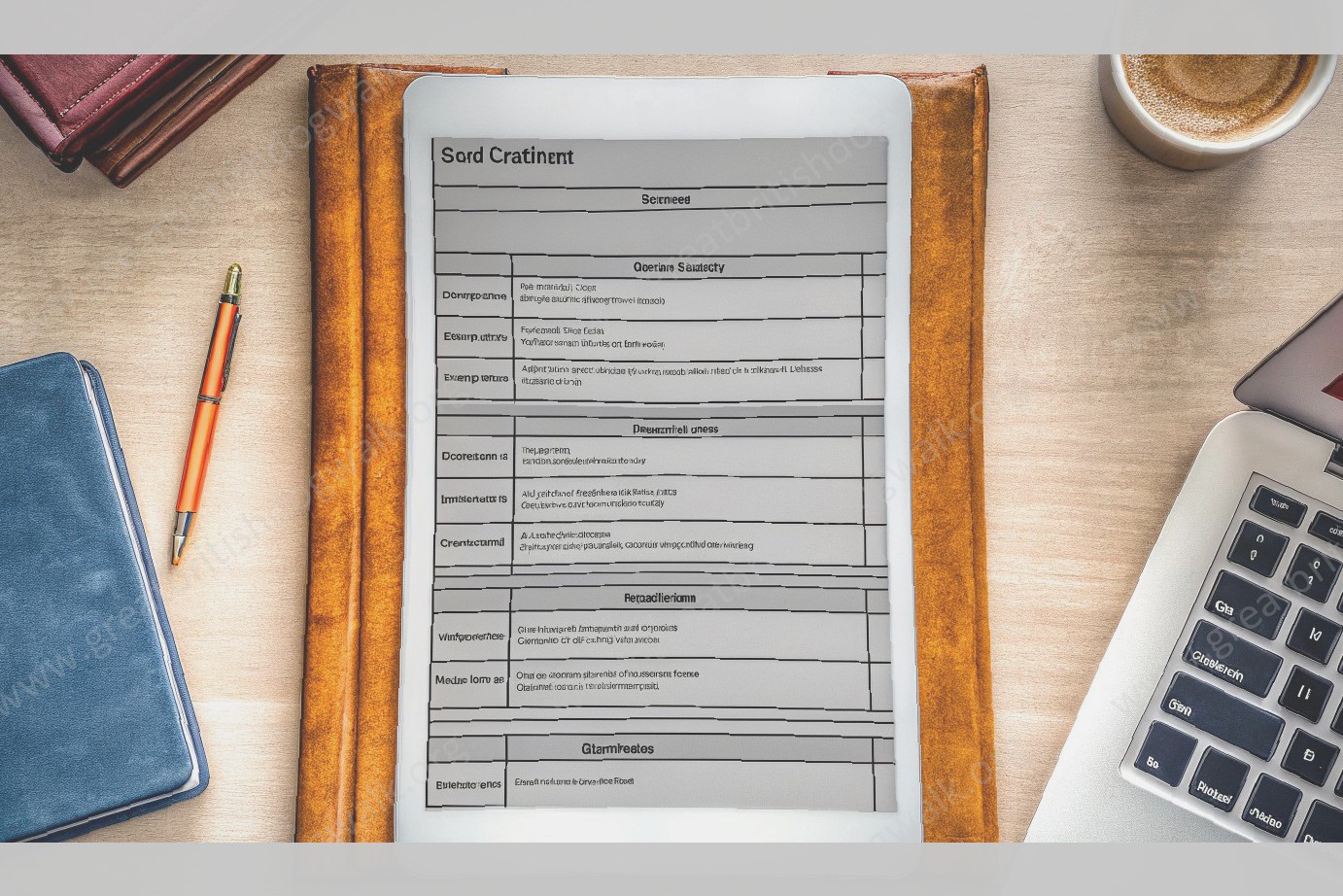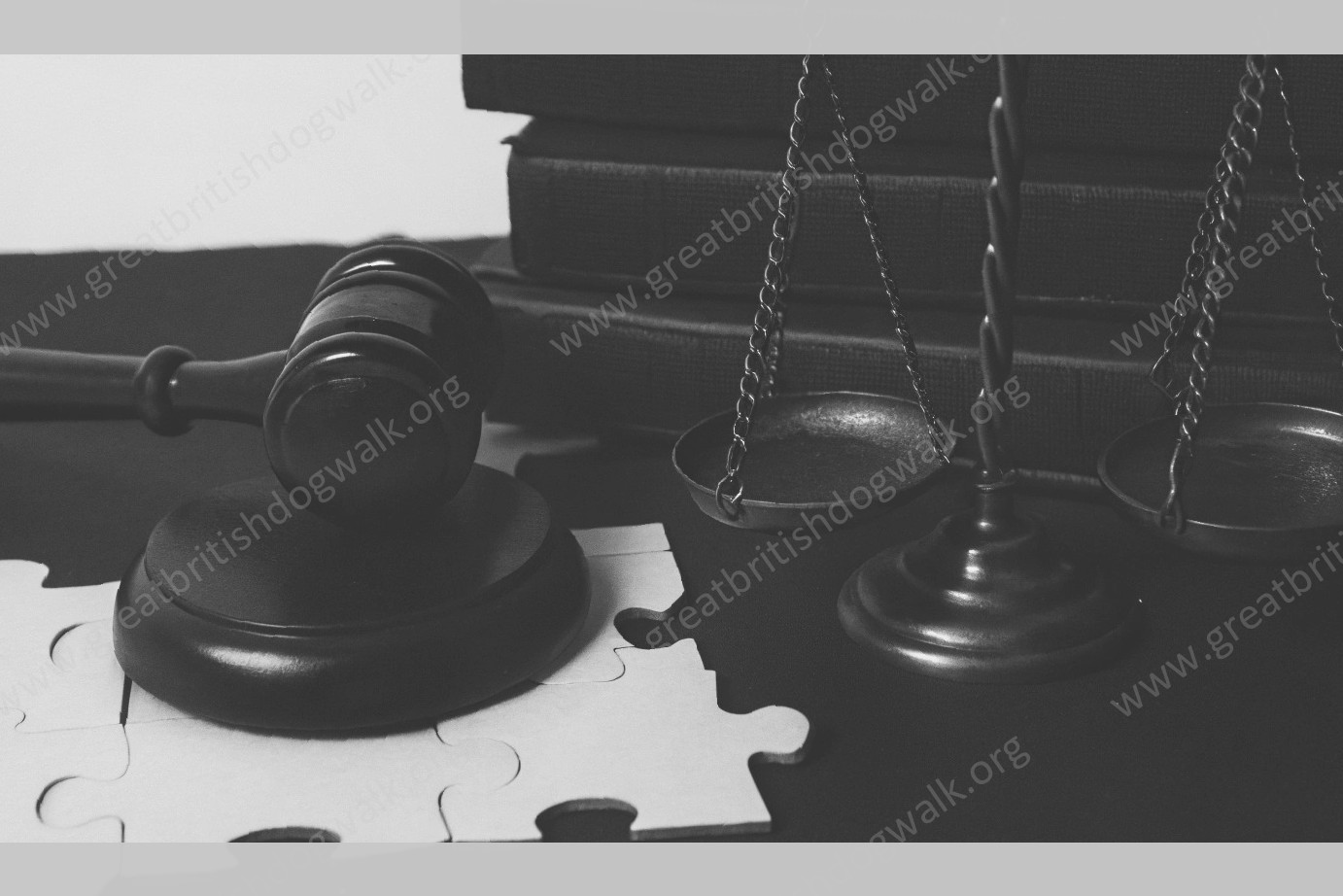What is a Legal Outline?
In the legal field, "outlines" serve an essential purpose. Legal outlines are used to organize information about legal issues and how specific principles apply to these issues. Primarily, outlines are a study tool that law students have relied on for decades. However, attorneys also use outlines as a guide when speaking or preparing legal documents.
Legal outlines give law students a fast and effective way to find specific legal principles. For every class, law students need the principles they are learning to be arranged in a logical format that reflects their legal course. A law student may have outlines for each law school class and they know every topic that is covered in each course. The organized lists of principles show the student the law they need to study for class . The outline gives students the information they need to prepare for exams, drafts of legal documents, and arguments in front of the law and during dispute resolution.
Lawyers create outlines for writing briefs, motion papers, legal documents, and for guiding them through an oral argument. In this way, outlines are useful for organizing information. This organizing also helps when drafting briefs. Legal issues can become complex and an attorney’s research and writing should reflect this by explaining the issue clearly and by presenting the relevant facts and evidence. Organizing these details into an outline can help attorneys keep the information straight. For oral arguments, attorneys may use an outline to make sure they do not forget important information to present to the judge.
Essential Elements of a Legal Outline
Headings and subheadings provide a strong structure to the legal outline template. They help focus the reader’s attention on the major parts of the discussion (heading) and also provide a quick summary of the minor, but essential, points in the argument (subheading). It is important to use a good style with headings and subheadings as it will make using the outline easier during the later stages of the document preparation. For example, a 12 point font style in Arial or Times New Roman works well. Any breaks of thought should be presented with a larger font style while only standard breaks for paragraphs should be used. Avoidest the use of bold for minor points from the heading section as this encourages unnecessary eye movement.
Case law is the most important element of a legal outline. As case law is generally a part of every legal research study, the citation of it, as well as summarizing the discussion of it, will be a significant portion of the final product. Therefore, case law needs to be structured in a specific manner in the outline template to allow for easy placement into the final report. Easy retrieval is a significant part of a legal outline template design and case law needs to be highly accessible for quick reference at a later time.
Case law summaries should be streamlined into three individual parts. The ability to easily recognize and then find the commentary of the case is critical. Therefore, case law summaries in the legal outline template should be limited to the following three items for each case discussed:
Statutes analysis is a slightly different process than citing case law. The discussion of a statute generally focuses on the elements that are required for successful litigation on the issue outside of the case law. Often, the statute does not need a full analysis in a legal outline template as it is redundant from the case law discussions. If the statute does provide a new element to be considered, such as a qualified privilege, then it should be listed in its own summary just like the case law discussion.
Legal principles often come from the case law or statutes that are being discussed in a legal outline template. In some case law discussion, only the case or statue elements were discussed with no legal principles presented. However, for the purposes of the legal outline template, the later addition of legal principles can provide considerable utility, especially when plaintiffs claims are being discussed. Often a legal principle can be the linchpin if doing one thing over another is preferable for an argument. So, legal principles will often help round out the remainder of the legal outline template.
The legal outline template is the basis for each of the written arguments presented to court as well as to opposing counsel. The development of these outlines will help streamline the flow of arguments which will in-turn help remove the need to recreate these documents.
Guide to Developing a Legal Outline
Creating a comprehensive, logical and effective outline template is the central task of this article. I’ll give you a step by step guide to creating a useful outline. I won’t spend too much time on the process of getting the information to use in the outline, or your efficient and thorough research methods for getting the necessary information. I’m going to cover the effective use of that information in your outline.
Next it’s time to organize the information you obtained in your research. You know you have to be thorough or you can blow up your whole case. But you can’t be efficient and thorough until you have a good outline.
An outline is just a roadmap for what you are doing. Make this roadmap clear and logical. Generally you want the first level in your outline to be one part of your outline. Each additional level will add organization to your outline. Let’s say you have a Part A in your outline. Part A can be broken down into one or more sub-parts. Or it may simply be a study of that one area.
Now a list of sub-parts would look something like this: a. Part B. b. Part c. c. Part d. d. Part e. Break down what the sub-parts, if any are, further. Here is one way that can look. a. Part Ba. Part Bb. Part Bc. Part Bd.
You may use numbers instead of letters for each item or sub-item. The outer part of the outline, the Part A, Part B and C get number one. The second level of the outline gets number two. The third level gets number three. This is the basic structure of an outline that helps you build it step-by-step. Works for me.
Of course many other legal outline templates are possible, use whatever you feel will help you. I hope you can see how a comprehensive legal outline template is easy to create and that sometimes simplest is best.
Legal Outlines in Various Fields of Law
Much like the fields that they seek to serve, legal outline templates are highly-specialized tools. When writing on a given topic, the writer is able to target and customize their template to suit the demands of their specific sub-field. For example, there are specialized templates for criminal, civil, and even corporate law. When a new law is passed that significantly changes the application of a given order, judges will often re-write their law in light of the new template standards that have been imposed by the new law.
Corporate law, for example, is primarily concerned with the governance of business corporations. Among the concerns that a corporate law template might cover are items such as business formation, acquisition or merger, and share issuance. But corporate law isn’t only limited to new business or business dealings. A lawyer who is writing a brief on a recent IPO could customize a legal outline template to ensure that their arguments are properly made in support of their case.
In several of these cases, the template is given a distinctive name to ensure that there is no confusion that it is meant to apply to a particular sub-set of a specific larger topic. For example, a commercial litigation template will only be intended to aid lawyers and judges when dealing with commercial cases rather than cases that deal with the law of torts or contracts. These forms allow the writer to quickly genuflect to prior rulings on a matter of law so that they can focus on the actual arguments of their case. There are several programs available that can help lawyers and law offices design their own legal templates.
Importance of an Organized Legal Outline
A well-organized legal outline serves as a solid foundation for mastering the complex structure of substantive law. Its advantages are numerous, and its benefits invaluable. With a systematic presentation of the law, a legal outline provides at a glance the hierarchy of rules, their interrelationship and their precise application to a given set of facts. An organized legal outline with clear illustrations and descriptions enables a student to understand at a high level the subject area and study as efficiently as possible. It provides a means to quickly navigate through the subject, directs the reader to the material that needs further study and helps to internalize the rules of law being learned.
An organized legal outline is similarly helpful when preparing for examinations. Legal outlines can be used to facilitate exam answer preparation, outline review, taking notes in class, making outlines for class preparation and studying at home . A comprehensive legal outline in conjunction with a detailed exam answer can also provide guidance as to the scope of a subject area that is relevant to law school exams. It can also be used as a subject area overview that quickly illustrates the substantive law and explains why certain rules of law are applicable in a particular fact situation.
Finally, as a thick stack of notes and case briefs collected over several years of legal study continue to grow year after year, an organized legal outline provides a logical system for classifying this information. This classification system can be a tremendous time saver and provide easy access to specific material that is relevant to a current fact situation, assisting in issue spotting, analysis, and outlining an examination answer.
Resources and Tools for Legal Outline Templates
The advent of digital tools for research, note-taking, and document preparation has essentially changed how most lawyers prepare their outlines. The use of tablet and smartphones is an obvious way to go but there are also many desktop applications that have been designed or can be easily adapted for legal outlining.
There is one application where its special formatting would be perfect for creating legal outlines – Microsoft OneNote. OneNote allows you to format your notes with just a few clicks. Additionally, OneNote allows you to break up your outline into sections and subsections (so that you can add the hierarchy of indentations that most legal writing requires), it supports easy hyperlinks to web sites and email addresses, allows for audio and video recording, has a white board function for freehand drawing, and you can also export it in various formats such as Word. I have been of OneNote’s many advantages for almost a year now and absolutely love it for doing everything from legal outlines to pleadings and correspondence drafts. Based on my understanding, OneNote is available for free and easily downloaded to your PC, Mac, or mobile device.
Another resource worth mentioning is Evernote. Most lawyers I know rave about this application. According to their web site, "Evernote is your digital filing cabinet. It keeps everything you collect – an email, a web article, a recording, or a picture – in one handy, private place." Evernote has a web based and a mobile app that sync across devices and are compatible with popular browsers like Chrome, Safari (with web clipper), Internet Explorer, and Firefox. Users can also send Evernote emails, on which they’ll get a unique email address, for archiving and organizing them in their account.
LexisNexis offers downloadable templates for legal outlines for users of its law school programs. To access the templates you have to register with your law school email address at the site and then you can gain access to the templates. I was able to confirm that the templates were downloadable and usable for anyone, not just law students. It’s a simple, straightforward process that the vendor walks you through. The templates can be customized for most court systems around the country.
Frequent Errors in the Creation of Legal Outlines
There are a few common pitfalls that can make legal outlines ineffective.
The most frequent error is using an outline template that resembles a magazine article or a blog post, rather than using a traditional topical-hierarchical outline. This is the difference between an "outliner" and an "outlinER" — someone who creates outlines and someone who uses outlines to capture information in a standardized way. The result is generally the same: an ineffective outline that will take you much more time to produce, as well as additional time later to reorganize and salvage the content.
The issue is that your brain works best with the topic-first approach that traditional outlines excel at. When you put the headings underneath their respective topics , they will sort themselves into reasonably clean piles that adhere to a specific level of linear hierarchy. However, if you’re just typing references in chronological order, the references will not adhere to any natural hierarchy.
Different document types have varying usability expectations. For example, contracts frequently use a section 1(a), 1(b), 1(c) style format, as opposed to a section 1.1, 1.2, 1.3, etc. style format. It’s important to stay consistent with other documents you use and understand your practice area. If you don’t properly identify your audience based on the type of document you’re producing, you could risk having a negative impact on your firm.
In addition to repeatedly using a poor template, other typical structural errors include:



